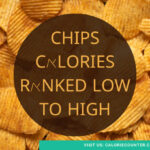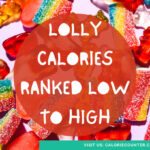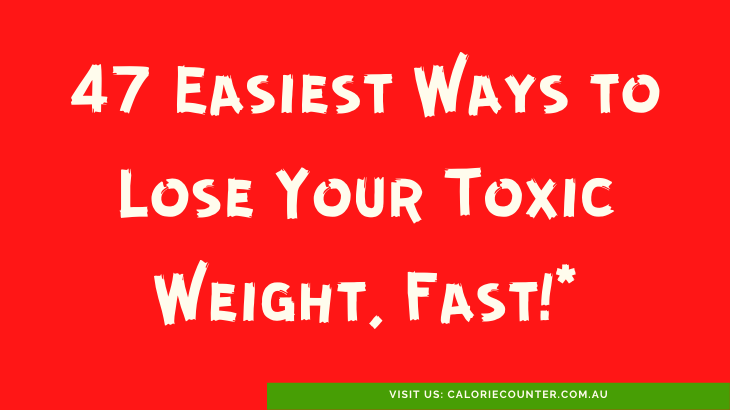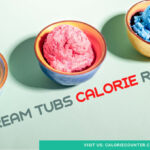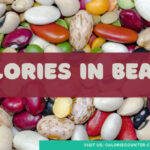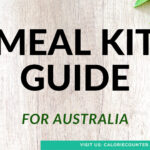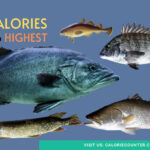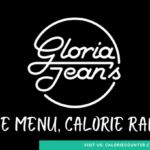We have searched our database and found the meal with the most calories in Australia, and it might not be what you expect. It is the meal with the highest calorie density. If you eat 2 or 3 hundred grams of this this every day as one of your 3 squares, your caloric intake will be off the charts, guaranteed. Scroll down to find out what it is, or read on to learn about the contenders and why this particular food should be avoided if you want to maintain a nice calorie deficit.
Different Macronutrients, different Calorie Counts
Calories are units commonly used to measure the relative amounts of energy in food. Macronutrients contain the calories in food, and there are three main types (carbohydrates, proteins and fats). Each macronutrient contains a different number of calories, and various foods contain different amounts of macronutrient. These variables can make it difficult to guess how much more or less calorie-dense (calorific) different foods are to one another.
The uncertainty increases when you consider that meals are usually made up of more than one type of food. If we are to start an understanding of which meals are likely to be the most calorific, we need to know the average calorie density of different macronutrients. So here they are:
-
Protein contains 4 calories per gram
-
Fat contains 9 calories per gram
-
Carbohydrates (including sugars) contain 5 calories per gram
-
Alcohol contains 7 calories per gram (note that alcohol is not considered a macronutrient, we include it here because it is an ingredient in some meals)
Fatty Foods have the Most Calories
From this list we can see that the most calorific food in Australia is likely to be pure fat, either in solid or liquid form. You could not feasibly get a more calorific food than pure fat. In fact, the most calorific food in Australia is a three-way tie between Beef Dripping, Lard and Animal Fat Shortening which all contain 885 calories per 100g.
Of course, no-one chows down on a tub of pure lard at lunch so for this article we are ruling out pure macronutrient foods and looking at actual meals (mains or snacks) regularly eaten by at least one million Australians.
The Contenders
Things get complicated when we start comparing meals. How does a chocolate muffin and sugary latte compare to a cheese muffin and hot chocolate? Chiko Roll and chips compared to battered fish and chips?
It is hard to tell the main macronutrient ingredient of some foods like commercial “chicken” nuggets and blended soups and shakes. That is why we have government bodies like Food Standards Australia New Zealand who test foods on our behalf to measure nutritional content. Here are some notable contenders for the title of Most Calorific Meal in Australia (per 100g):
-
Chicken burger with cheese, mayo and lettuce: 288 calories
-
Glazed Doughnut: 378 calories
-
Corn Flake breakfast cereal: 380 calories
-
Combination stir-fried noodles (prawn, pork, egg, vegetable): 381 calories
-
Brownie slice from the supermarket: 445 calories
-
Reformed potato crisps (e.g. Pringles): 535 calories
-
Grilled Middle Bacon: 656 calories
-
Roasted, Salted Macadamia Nuts: 724 calories
That’s right, there are more calories in corn flakes than there are in glazed doughnuts, and most nuts contain more than double the calories in burgers! So on to our winner, the most calorific meal in Australia:
The Most Calorific Meal in Australia…
… is roast pork belly, with a whopping 744 calories per 100g. That’s right, your Sunday slow-roasted pork belly has more calories than any other food that is not an ingredient for some other meal. Just about the only way you could make pork belly more calorie dense than it already is would be if you slathered it with homemade mayonnaise, which has an eye-watering 768 calories per 100g!

